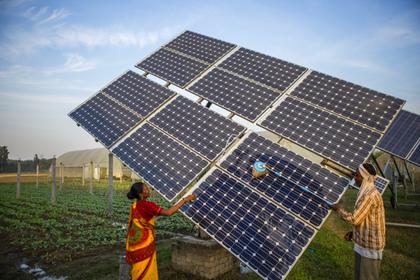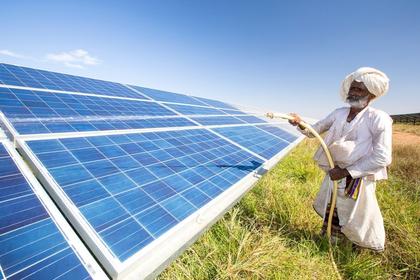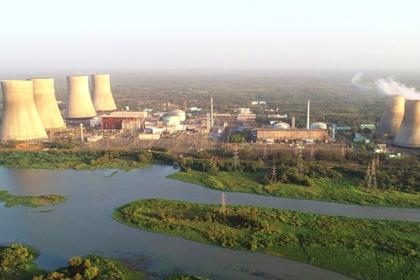
INDIA ENERGY TRANSFORMATION

By Alextin Mendonza Chief Executive Officer , Ampinity Energy Private Limited
ENERGYCENTRAL - Nov 4, 2024 - The trajectory of India's power sector from 1947 to 2023 demonstrates a remarkable transformation that reflects the nation's commitment to progress and innovation. The journey has been marked by substantial policy reforms, adoption of cutting-edge technologies, and a shift in energy paradigms. In this article, we will explore the growth trajectory, significant policies, and future prospects of the Indian power sector.
Growth of Indian Power Sector
Since gaining independence in 1947, India's power sector has achieved remarkable growth, with the installed capacity soaring from a mere 1,300 MW to an impressive 400 GW by 2023. This growth trajectory has been propelled by strategic investments in thermal, hydro, and renewable energy, underlining the sector's resilience, adaptability, and alignment with global sustainability goals.
Key Policies and Acts: A Timeline
The transformation of India's power sector has been shaped by various policies and acts, each contributing to a specific aspect of the energy landscape:
- Electricity (Supply) Act, 1948: Laid the foundation for centralized control.
- National Power Policy, 1976: Emphasized public sector participation.
- Energy Conservation Act, 2001: Paved the way for sustainable energy practices.
- Electricity Act, 2003: Catalyzed efficiency through competition and privatization.
- National Electricity Policy, 2005: Guided capacity addition and renewable integration.
- National Tariff Policy, 2006: Streamlined tariff determination.
- Renewable Purchase Obligation, 2010: Mandated renewable energy procurement.
- Ujwal DISCOM Assurance Yojana, 2015: Enhanced financial health of state-owned DISCOMs.
- Saubhagya Scheme, 2017: Targeted universal household electrification.
- National Solar Mission, 2010: Fostered solar energy adoption.
- National Wind-Solar Hybrid Policy, 2018: Encouraged combined wind and solar projects.
- Smart Grid Vision, 2013: Modernized the power grid.
- ADITYA Scheme, 2020: Strengthened urban distribution networks.
- Tariff Policy, 2016: Ensured affordability and promoted renewables.
- Electric Vehicle Policy, 2019: Supported electric mobility.
- Green Hydrogen Mission: A pioneering initiative for a hydrogen-based economy.
- Green Energy Open Access: Facilitated market-based procurement of clean energy.
The Indian power sector's evolution is a testament to the country's vision, strategic planning, and commitment to sustainability. By embracing technological advancements and implementing comprehensive policies, India has positioned itself as a global leader in the energy sector. The continued focus on clean and renewable energy sources promises a greener future, fostering economic growth while prioritizing environmental stewardship.
-----
-----
Earlier:

















